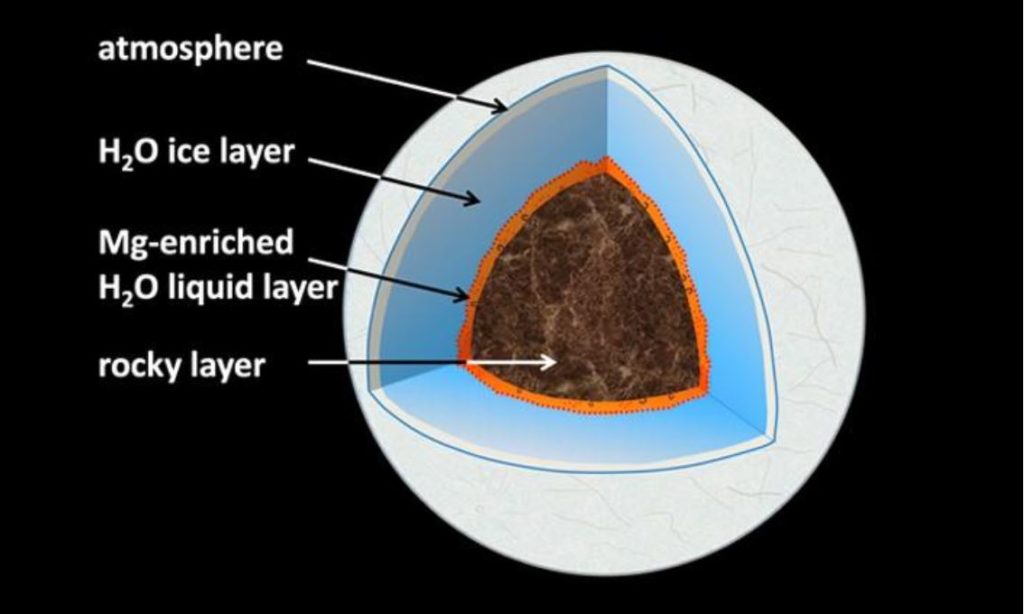
CREDIT
S. Speziale/ GFZ
Laboratory experiments allow insights into the processes under the extreme pressure and temperature conditions of distant worlds. What is happening deep beneath the surface of ice planets? Is there liquid water, and if so, how does it interact with the planetary rocky “seafloor”? New experiments show that on water-ice planets between the size of our Earth and up to six times this size, water selectively leaches magnesium from typical rock minerals...
Read More






Recent Comments